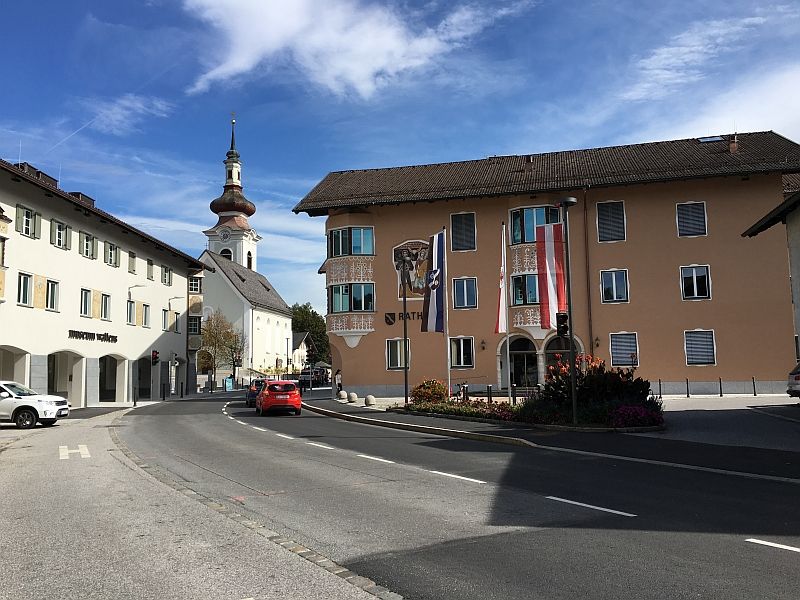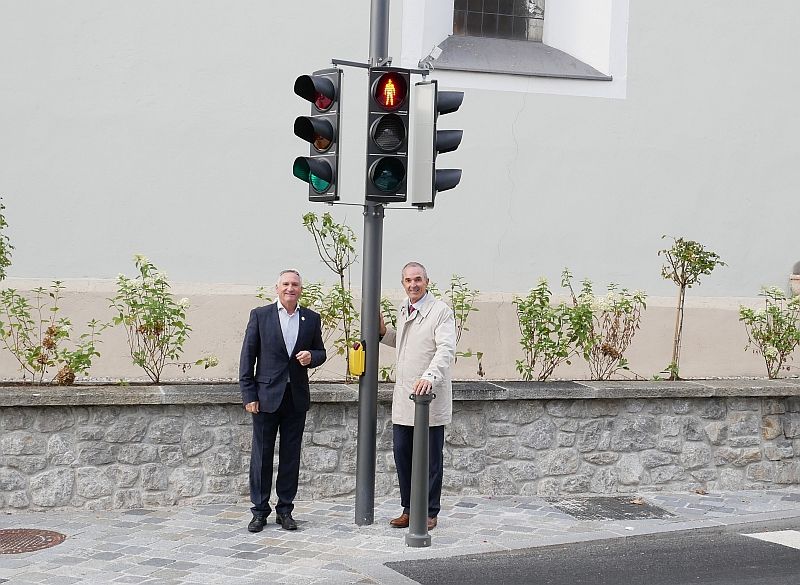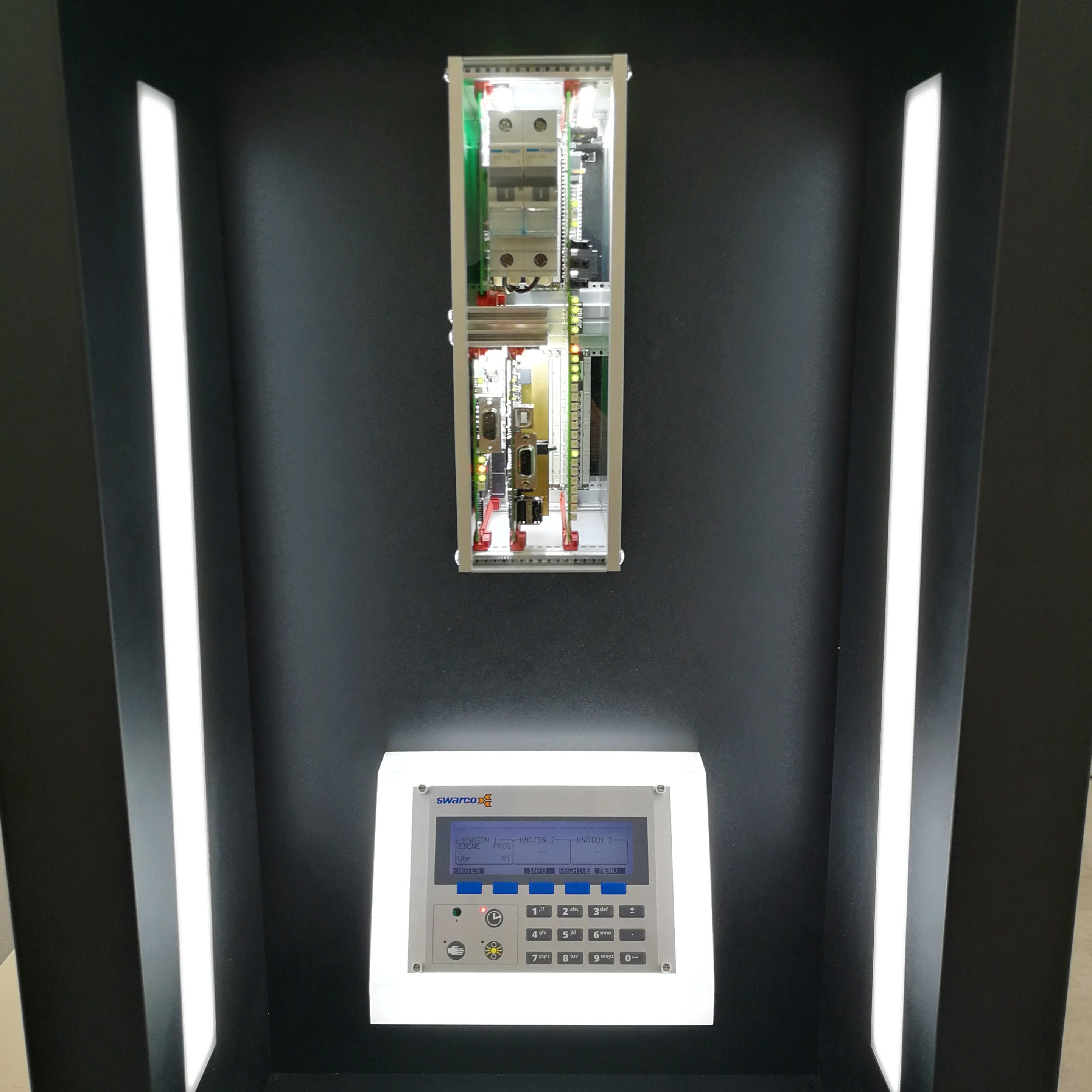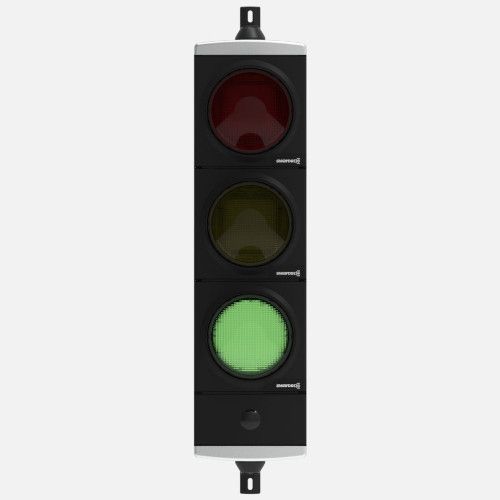Austria's most advanced traffic light system operative in Wattens
With maximum energy efficiency and reduced civil engineering costs, the innovative traffic light system in the Tyrolean market town protects the environment and increases road safety.
The 8000-population community of Wattens, not far from Innsbruck, is committed to a better quality of life and officially presented the newly designed meeting zone in the town centre to the population on 4 October. In his speech during the ceremony, Mayor Thomas Oberbeirsteiner explained the numerous redesign measures that are to lead to a revitalisation of the town centre between the municipal office, the Wattens Museum, the Laurentius Church and a hotel.
The new square will also have an impact on the interaction of the road users, who will have to be more considerate of each other. As part of the redesign, Wattens now has the most modern traffic light system in Austria on the B171 (Tiroler Straße). "I am very proud that in SWARCO we have an innovative, holistically thinking and globally active partner directly in our market community," says Oberbeirsteiner, pleased with the successful implementation of the traffic technology. "At our new meeting zone, we now have the most energy-efficient and safest traffic light system in the country.
The new X-LINE technology from SWARCO brings part of the control intelligence directly into the LED signal heads. "SWARCO TRAFFIC AUSTRIA Managing Director Florian Kogelbauer knows: "The electrical and optical properties of the signals are monitored directly inside the LED traffic lights. "This not only increases functional reliability, but also helps to reduce the energy requirement by more than 98% compared to the conventional light source, the incandescent bulb. With a power consumption of only 1 watt per light module, the signals consume only 1 to 1.5% of the energy of traditional traffic lights - a clear plus for the environment and a clear minus in operating costs," explains Kogelbauer. Even when compared with previous LED technology, the new COMBIA signal heads and ACTROS traffic controllers with X-LINE technology show a 90% lower power consumption. The advantages of this traffic light system are also evident in terms of cabling and civil engineering. It is no longer necessary to connect every red, amber, green and pedestrian signal directly to the control unit on the roadside. A cable bus, which is continued from mast to mast, reduces the use of materials and simplifies the connection of the entire system on the power and communication side enormously. The traffic light system is also designed in such a way that public transport is given priority at the intersection by means of radio telegrams.








